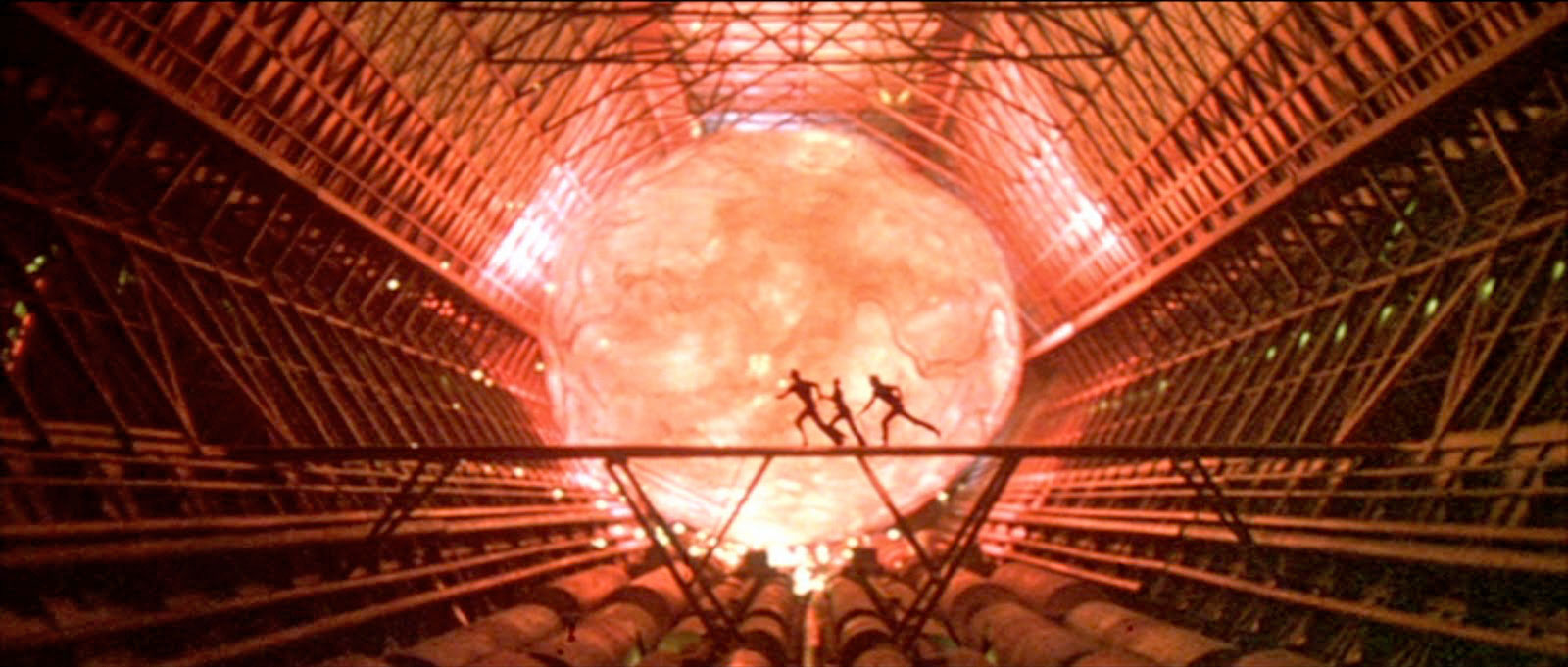I should be really excited for the movie Interstellar. I think part of why I’m not has to do with my growing skepticism about movie plots in general, which I’ll have to get into later. But regardless, this sort of thing is really impressive:
In short, in order to accurately create a visual for the story’s black hole, Kip Thorne produced an entirely new set of equations which guided the special effects team’s rendering software. The end result was a visual representation that accurately depicts what a wormhole/black hole would look like in space.
What really impressed me, though, is that apparently nobody thought to do this before. And that kind of says a lot about the state of both science and science fiction.
I’ve seen computer models going back for more than a decade that show, say, what happens when two galaxies collide, so it’s not like a visual expression of ideas is foreign to the scientific community. There’s even plenty of artists’ representations of what a black hole would look like.
The thing was that even I, with my amateur level of scientific knowledge, could tell that they didn’t look quite right—either they didn’t account for the way light gets bent around the event horizon, or they left out the accretion disk, or something. I obviously couldn’t tell anyone what it should really look like, but I knew there was an answer out there.
At the same time, I’ve wondered for a while why people, especially filmmakers in an industry that’s relies heavily on visual spectacle, don’t take advantage of how bizarre and spectacular the actual universe is. And news like this hints that the reason is because even the experts don’t know how to make the physics relatable.
My guess is that the reason why it took a big-budget movie director to get a computer model for what a black hole would look like is because what it would look like isn’t a question that has a lot of relevance to the people researching it. Since there aren’t any black holes in the near vicinity of our solar system and no obvious prospect of visiting one anytime soon, the experience of actually being near one gets less attention than much higher-level debates about whether information can escape from them and what that even means.
Writers and artists suffer from the same problem, which is that not no one actually seen a black hole. Jack London didn’t write The Call of the Wild until he’d actually lived in the Yukon for most of a year, so he could get verisimilitude thanks to firsthand knowledge. When you’re talking about objects off in deep space, the best you can do is try to find something within your experience that you can relate it to, which is where you get all those pictures of giant whirlpools.
Incidentally, I think films can stand a better chance of striking the right balance between accuracy and story than books, because the people who are versed in the scientific details and the people who are knowledgeable in the art of storytelling and dramatic presentation are generally not the same people. Since film is an inherently collaborative exercise, it’s a lot easier to bring those people together. Still, that usually doesn’t happen, and for the obvious reason—if a scientist was surprised by what his computer model said a black hole would look like, you can’t expect your average director to know any better, much less any given member of the audience.
